Animals Native to Germany
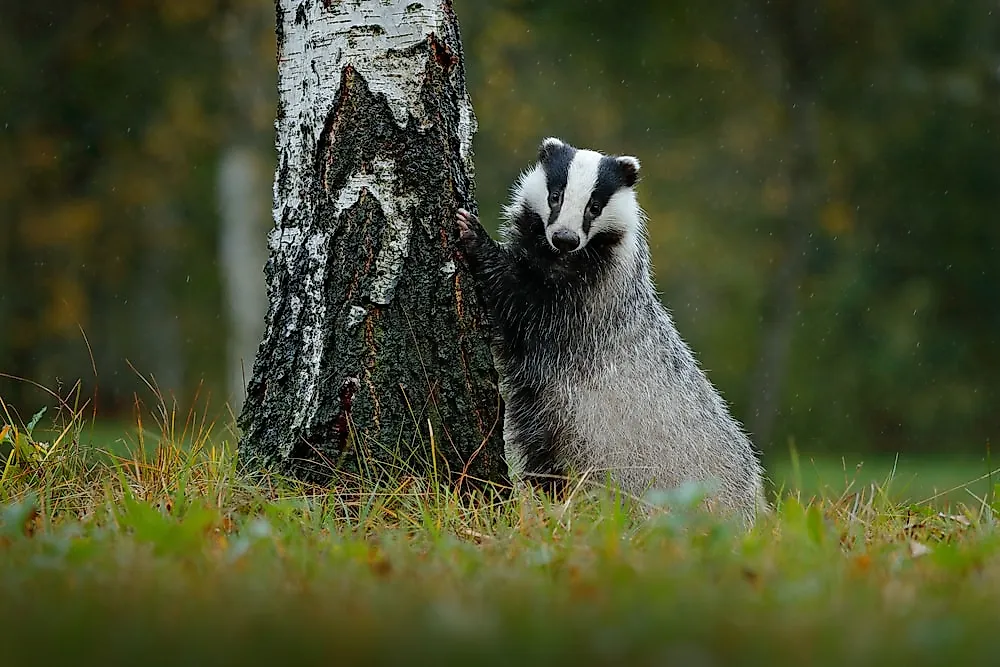
Germany’s vast and diverse landscape presents a fertile breeding ground for a multitude of species. The country is heavily endowed with mountains, rivers, forests, and marshes allowing for different types of animals to thrive. Although Germany has a lengthy list of foreign animals that have been introduced over the years, there are also some notable animals that are native to the country.
10. Chamois
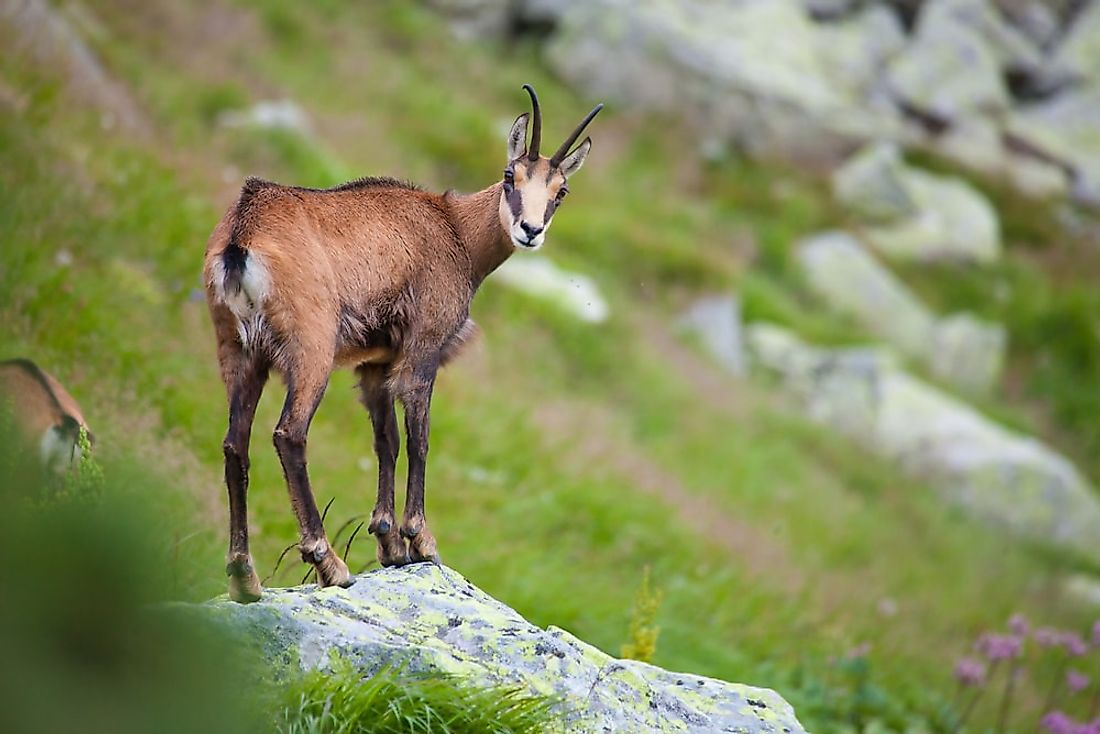
Much like a goat in resemblance, the chamois are found in mountainous areas. They tend to favor moderately high regions of about 11,800 feet above sea level. They can run at speeds of up to 31 mph and have a horizontal leap that can reach as far as 19 feet. They are also able to jump as high as 7 feet which gives them an advantage over their predators in their high altitude habitats.
Chamois meat is a delicacy in Germany. Similar to other members of its family, the chamois’ diet is predominantly made up of vegetation. Chamois attain sexual maturity at the age of 3 years and will give birth after between 5 and 6 months to a single kid.
9. Red Fox
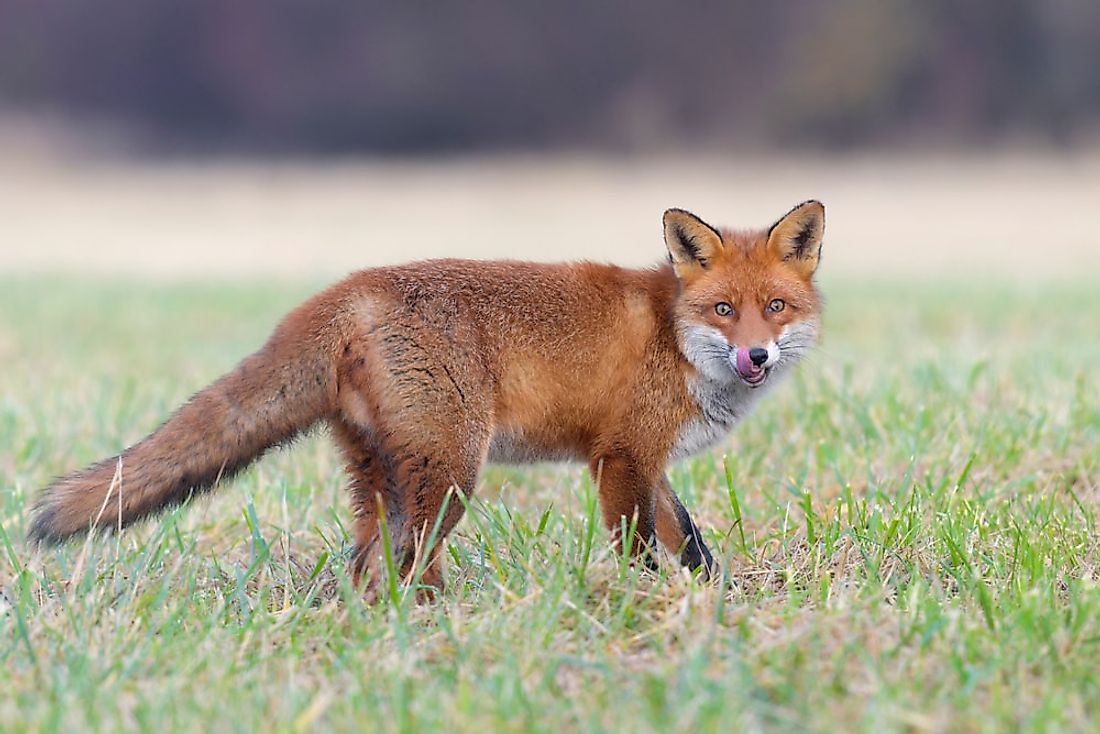
The red fox is one of the most well-known fox species in the world. In fact, they can found roaming in towns and cities all over Germany (as well as other European countries). Red foxes are easy to recognize by their fiery orange-red fur that covers their head, back, and sides. The neck and the chest will often be white and the paws and legs are black. The diet of the red fox is made of small animals including rabbits, rodents, and birds. They will sometimes feed on vegetables, fruits, frogs, and worms.
Red foxes hunt alone and can continue hunting even when they are full. They mate during winter, and the vixen will give birth to a litter comprising of between 2 and 12 pups. Pups are usually gray or brown at birth but this changes in a month. Red foxes tend to interact with human beings a lot as they rummage through trash and will sometimes attack livestock such as chicken and ducks.
8. Greater Horseshoe Bat
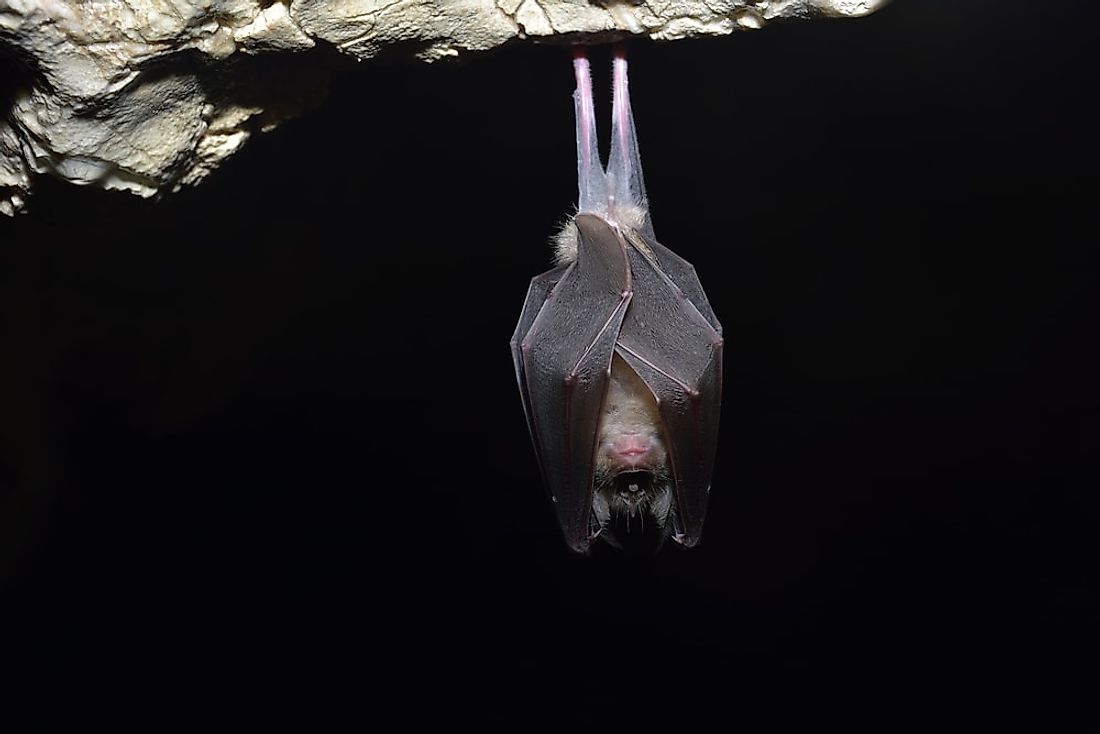
The Greater Horseshoe Bat can be distinguished from other European horseshoe bats primarily by its size as it is the largest of these bats. This species is mainly sedentary and would typically travel a maximum of 19 miles between its winter and summer roost. This bat has also recorded the longest lifespan of any European bat with some recording an age of 30 years.
7. Bicolored Shrew
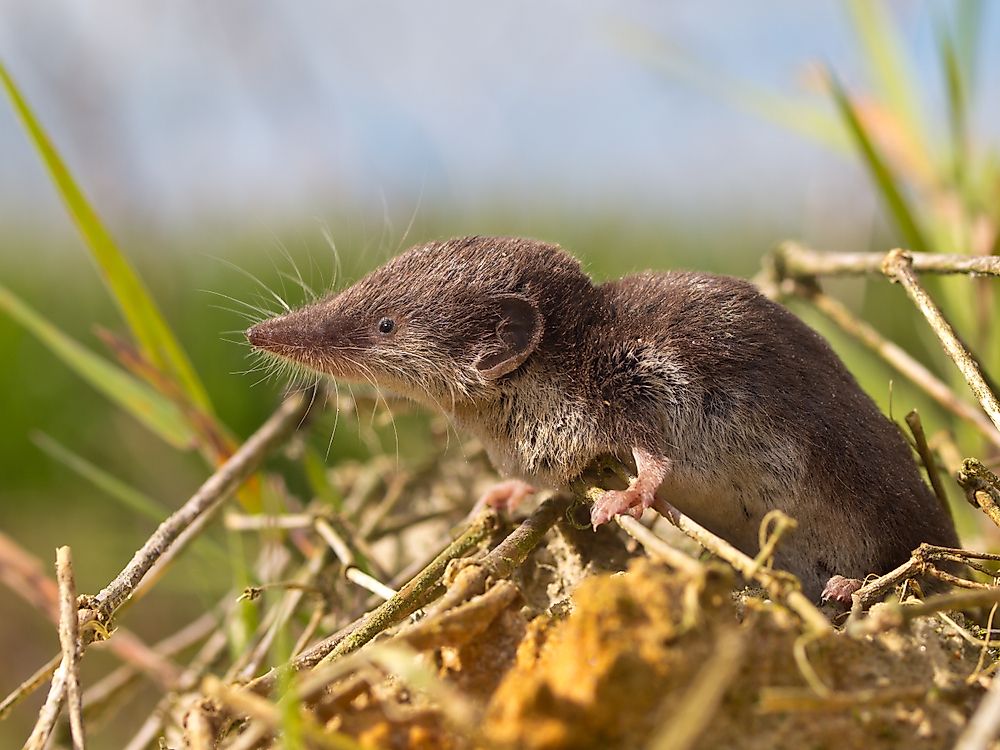
The bicolored shrew is a small mammal almost resembling a spike-less hedgehog and is found in eastern, southern, and central Europe. The shrew is nocturnal and therefore emerges at dusk to hunt insects. Females will typically give birth to several litters comprising of 3 to 9 young ones during the warm months of the year. The offspring grow rather fast.
6. European Badger
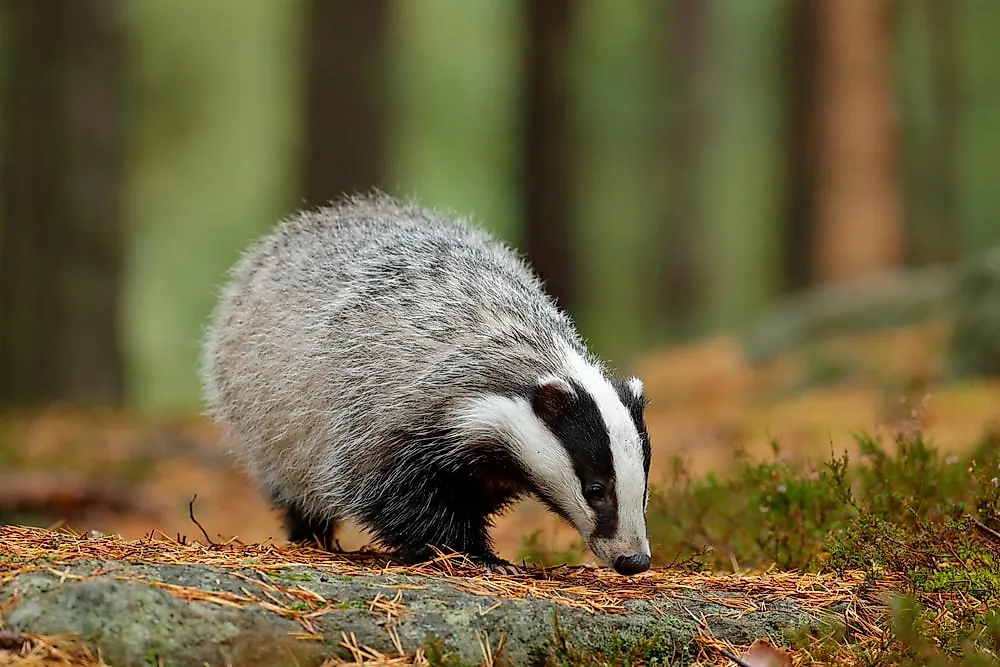
The European badger is native to some parts of West Asia and almost all of Europe. It is a well-built and agile animal that features black and white fur which may sometimes be gray or brown. The weight of the badger is 15-29 lbs in spring but tends to grow up to 37 lbs in the months before winter in preparation for hibernation. The badger is notable for its obsessive compulsion for cleanliness of their burrows. They bring in fresh bedding and remove the soiled ones. They also build latrines in their territory. An omnivore, the badger’s diet is made up of root tubers, large insects, carrion, small mammals, and cereals.
5. Wild Boar
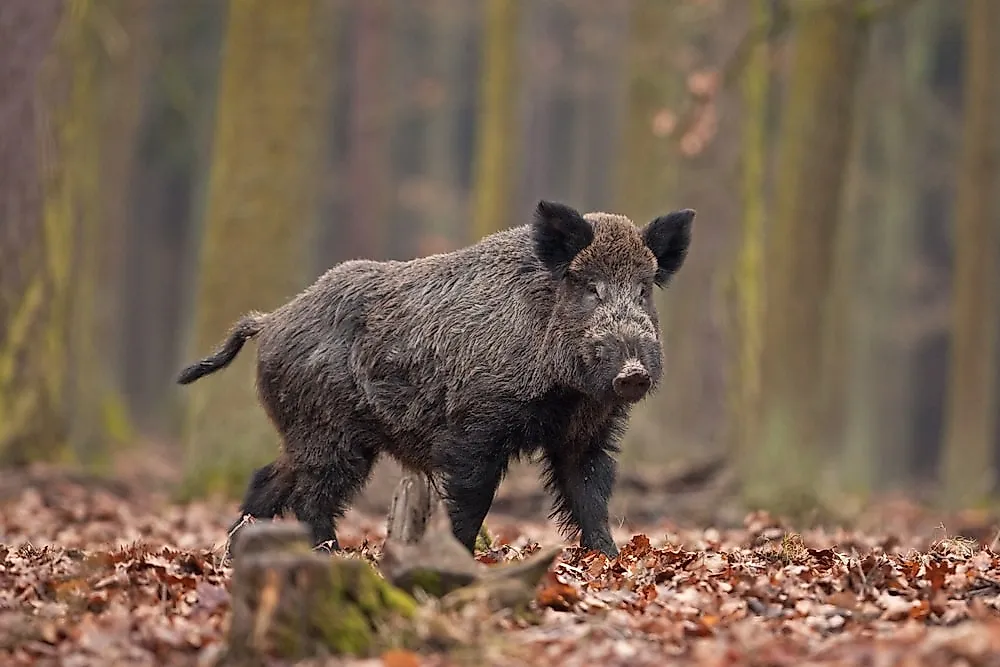
The wild boar is also known as the wild swine and has as many as 16 subspecies that are divided into four grouping based on the height of the skull and length of the lacrimal bone. The boar lives in matriarchal settings that are made up of related females and their young ones. Mature males are typically solitary except during the breeding season. The wild boar is an ancestor of the domestic pig and has been hunted for a sport for many years.
4. European Wildcat
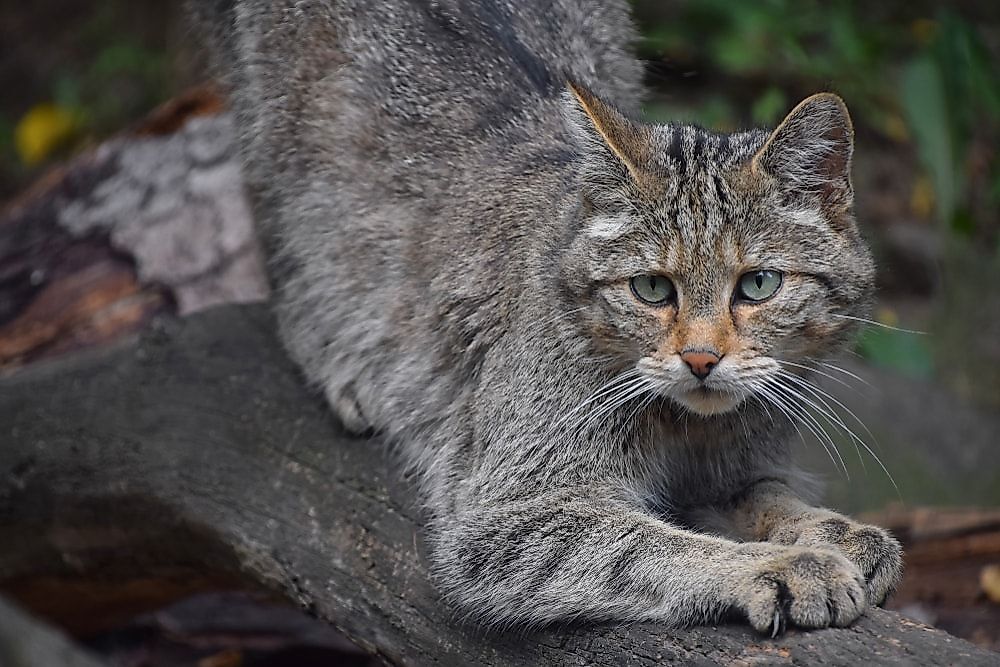
The European wildcat has a striking resemblance to the domestic cat but is generally bigger, stouter, and with longer fur. The average weight of this cat is 18 lbs for males and 7.7 lbs for females. This weight, however, tends to fluctuate a lot based on the season with changes of up to 2.5 lbs. The diet of the European wildcat ranges from small rodents to fully-grown rabbits.
3. European Pine Marten
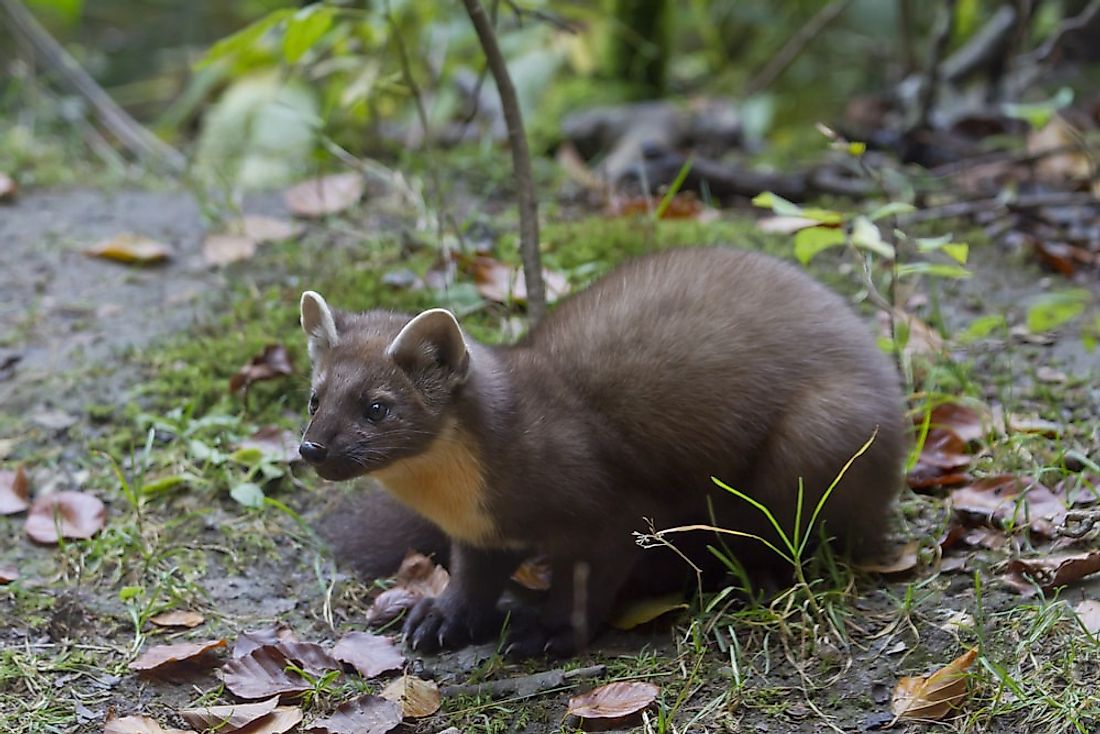
The European pine marten is in the family of badgers, weasels, otters, and minks. They are found in well-wooded areas where they build their dens in scrub-covered fields or hollow trees. Martens are fast runners on both the ground and on trees. They are mainly active during the night and at dusk. They have sharp teeth adapted for their diet of small mammals, frogs, insects, birds, and carrion. They also eat birds’ eggs, honey, and berries.
2. Fire Salamander
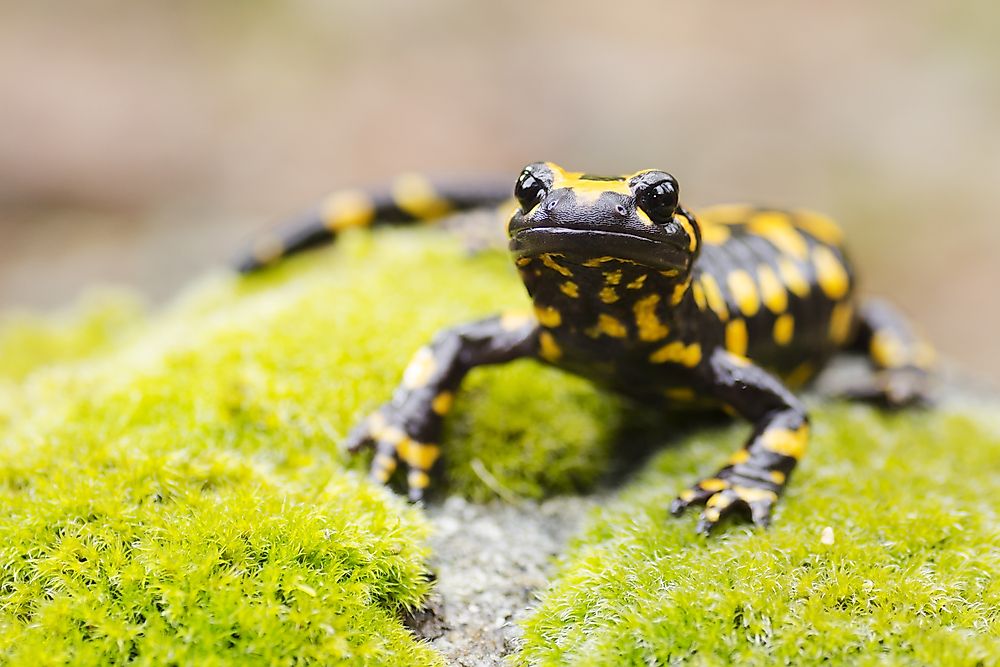
The fire salamander is easily recognized by its black body with yellow spots or stripes. They are typically found in cool and wet high-altitude forests seldom at altitudes below 820 feet or higher than 3,280 feet. The fire salamander will always be found near a pond or stream, which it will use as an egg-laying ground. It has poisonous glands that are concentrated in different parts of its body, particularly around the head. These poison glands produce an alkaloid toxin that is poisonous to all vertebrates including human beings.
1. Alpine Ibex
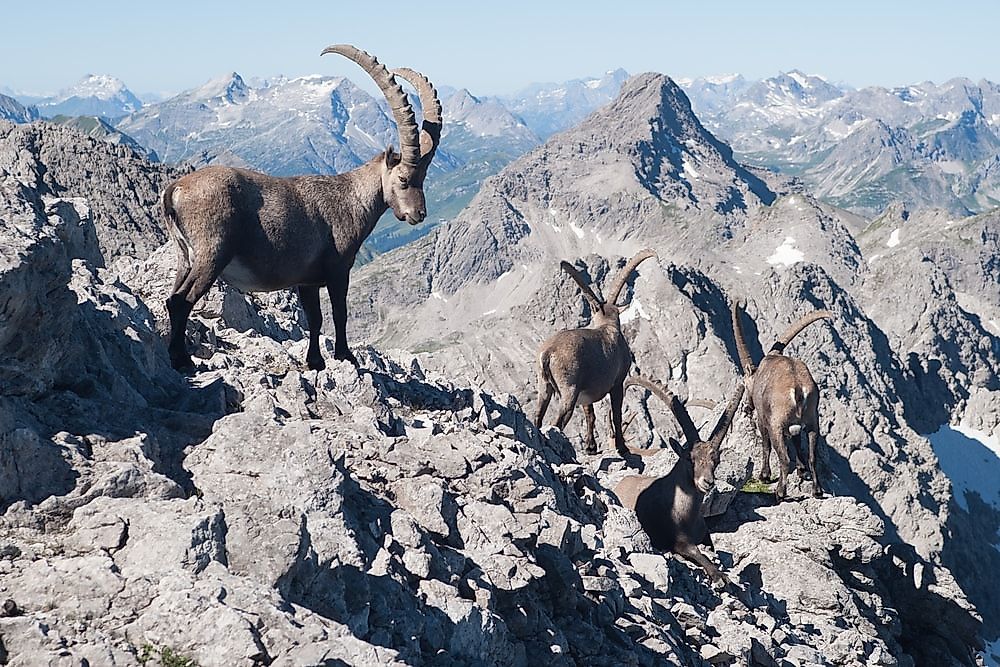
The ibex is a wild goat found in the European Alps. It is known for living in very steep and rough terrain that protects it from predators. They have a brownish grey coat. Of all wild goat species, ibex are among the most social although the males and females live separately for most of the year. The male is larger with longer horns than the female. During the mating season, the males will fight each other with their long horns to access the females.











